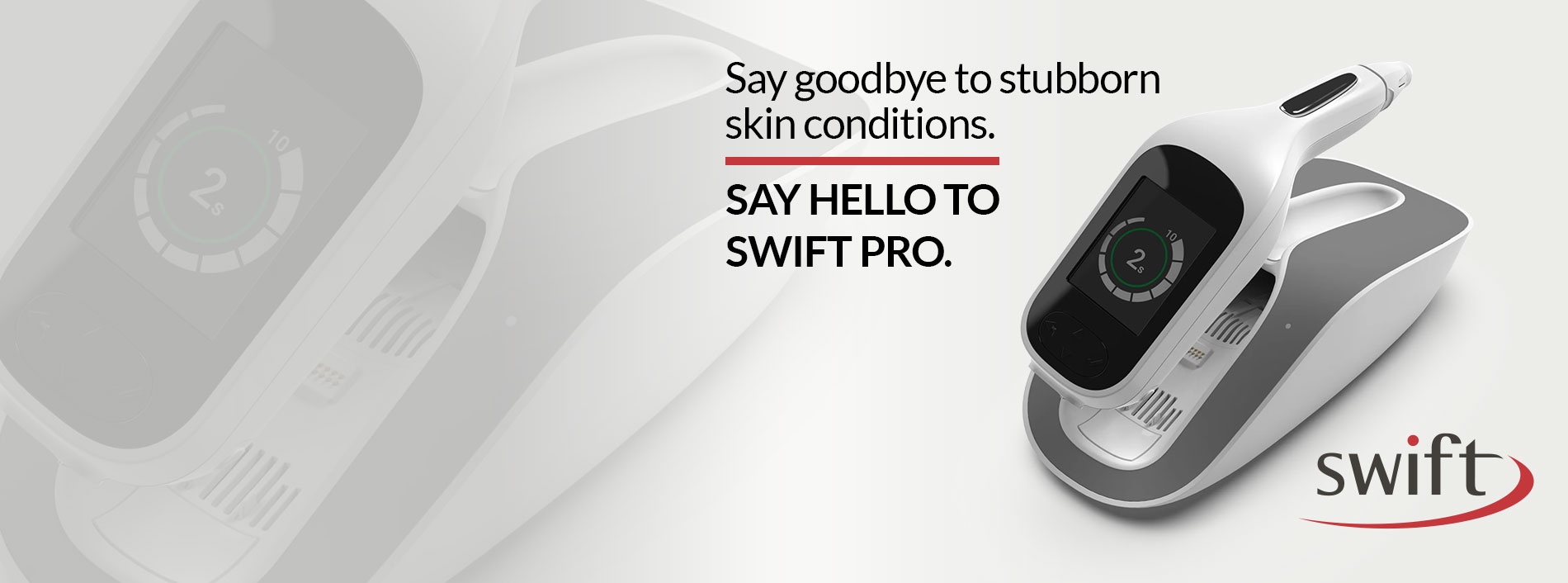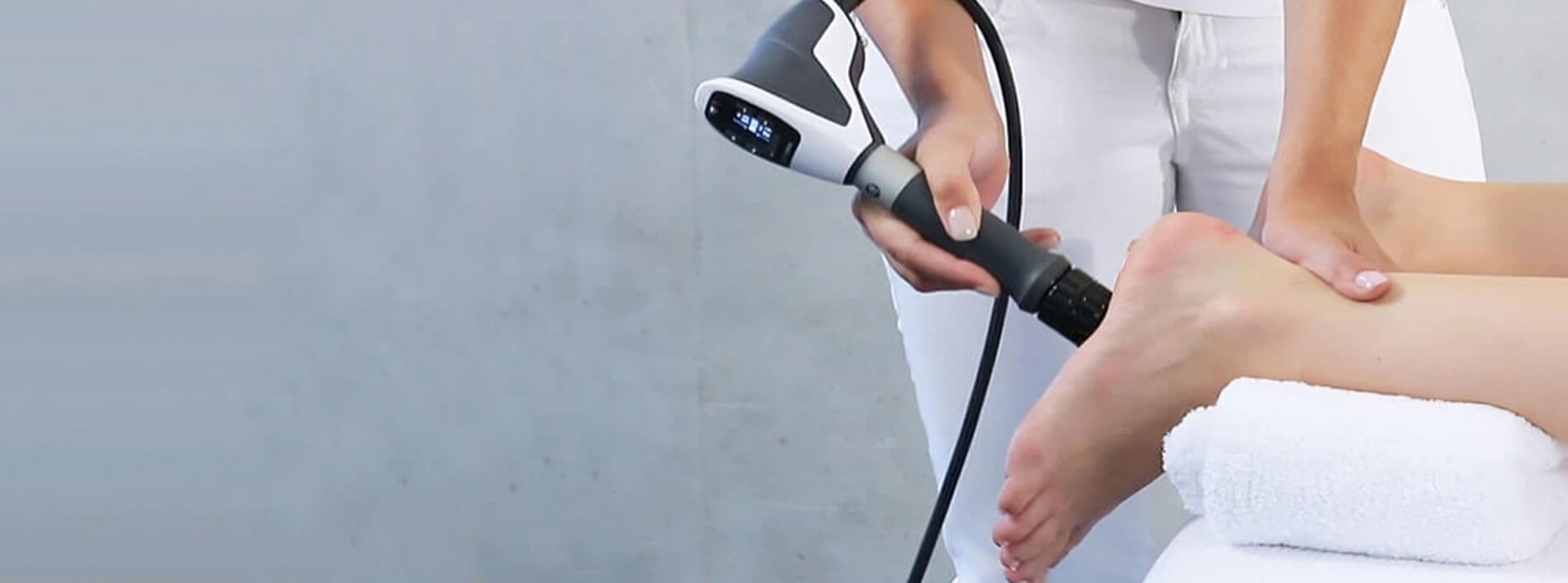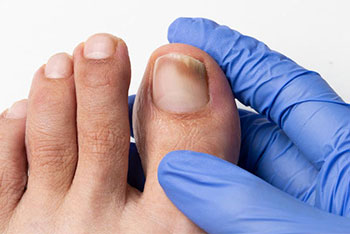


slide-swift-pro-01.jpg
slide-ballet.jpg
shockwave-therapy-curamedix.jpg
WE PROVIDE FOOT CARE FOR THE WHOLE FAMILY
Suffering from foot, ankle or heel pain?
As the official podiatrist for the Boston Ballet, Jordana Szpiro, DPM, FACFAS has the credentials and expertise to treat all your foot and ankle concerns. Located in Boston, MA, our practice, Boston Common Podiatry, has access to various advanced equipment regarding podiatric treatment and procedures, we have on-site x-ray and handicap entrance.
Boston Common Podiatry specializes in heel pain, skin conditions of the foot, sports medicine, general podiatric care, laser wart removal, laser treatment for fungal nails, and we offer custom made orthotics as well! We perform procedures involving surgery, as well as shockwave therapy (EPAT) and Sculptra foot fillers. As a practice, we work with each patient to develop a unique plan that will address all of their problems.
Dr. Szpiro is an expert in laser wart removal and the treatment of toenail fungus through the use of laser therapy. Dr. Szpiro has lectured extensively on various topics, most recently at the APMA Annual Scientific Meeting on laser treatment for toenail fungus. Whatever podiatric concern you may be facing, our doctor is sure to be able to help!
We have an employee that speaks fluent Spanish.
To schedule an appointment, call us at (617) 286-5163. We accept a variety of insurance plans and payment with cash, check, or credit card.

Are you tired of dealing with pesky warts? Boston Common Podiatry is very excited to announce that we have a brand new and effective treatment for surface based skin lesions, primarily warts.
“Plantar” means “Of the sole” in Latin. Unlike other types of warts, plantar warts are typically quite painful as the pressure from walking and standing forces them to grow into your skin. Like all warts, Plantar warts are caused by the human papillomavirus (HPV) virus, specifically types 1, 2, 4, 60, and 63. Underneath the skin, the wart can have finger-like roots that reach down and grow, making them very difficult to treat effectively from the surface.
Swift is a cutting edge, FDA Cleared technology that has proven to be highly effective in the removal of plantar warts. It delivers low dose microwave energy through a specialized probe that targets and effectively treats the underlying HPV virus by stimulating a natural immune response in the body. We like to say that we’re addressing the root cause; not the symptom.
Swift protocol involves between 3 and 4 treatments, spaced 4 weeks apart; aligning with the body’s natural immune cycle. Each treatment lasts only 5-10 minutes and is what we call a “sock off – sock on” treatment: Limited debridement, no breaking of the skin, no bandages. No home treatment is required between treatments and patients are able to resume daily activities immediately post treatment.
The Swift technology treatment feels similar to the pain of a small scratch or injection, lasting only a few seconds before immediately subsiding. Some may experience some soreness after the treatment, but not anything strong enough to impair normal day-to-day activities.
While pain is variable and patient/lesion specific, most patients typically feel some level of discomfort as infected tissue temperatures are rapidly elevated over a 2 second dose of energy. The pain immediately subsides following cessation of energy delivery and there is very limited post procedural pain, in fact some report an immediate reduction in pain levels. All patients are about to continue on with day-to-day activities immediately following treatment.
It’s important to visit a podiatrist if you suspect or feel that you have a plantar wart and are seeking removal. The longer you wait to seek treatment, the more likely the wart is to persist. Here are some common symptoms to look out for:

Percutaneous tenotomy is a minimally invasive surgical procedure used in podiatry to treat various tendon-related conditions. This technique involves making a small incision through the skin to access and release a portion of a tendon, providing significant relief from pain and restoring functionality.
In podiatry, percutaneous tenotomy is primarily used to address conditions such as chronic tendinitis and plantar fasciitis that have not responded to conservative treatments like physical therapy, orthotics, or anti-inflammatory medications. The procedure is performed using local anesthesia to ensure patient comfort.
During a percutaneous tenotomy, the podiatrist uses a specialized needle or a small scalpel to create a tiny incision over the affected tendon. Guided by ultrasound imaging, the podiatrist carefully cuts or releases the targeted section of the tendon. This precise approach minimizes trauma to the surrounding tissues.
The minimally invasive nature of percutaneous tenotomy reduces the risk of complications and promotes quicker healing compared to traditional open surgery. Patients typically experience a faster recovery time, with most individuals resuming normal activities within a few weeks, depending on the extent of the procedure and their adherence to post-operative care instructions. The procedure offers substantial pain relief and helps restore the normal function of the affected tendon, enabling patients to engage in physical activities and maintain an active lifestyle. Additionally, percutaneous tenotomy is typically performed on an outpatient basis, allowing patients to go home the same day.
Conditions treated with percutaneous tenotomy include chronic tendinitis, plantar fasciitis, and other tendon pathologies. The procedure addresses persistent inflammation and pain in tendons such as the Achilles tendon, peroneal tendons, and posterior tibial tendon. It also effectively treats inflammation of the plantar fascia, a thick band of tissue that runs across the bottom of the foot, causing heel pain.
Percutaneous tenotomy represents a significant advancement in the treatment of tendon disorders within podiatry. Its minimally invasive nature, quick recovery, and effective pain relief make it an attractive option for patients suffering from chronic tendon conditions. If you are experiencing persistent tendon pain, consult with a podiatrist to determine if percutaneous tenotomy is the right treatment for you.

Fungal toenails (onychomycosis) is a common infection that causes nails to become yellow, thickened, and crumbly. They may even separate from the nail bed and emit a foul odor. Traditional treatments are not always effective against this stubborn infection, and have sometimes been linked with harmful side effects.
Cutera GenesisPlus is an FDA-approved laser treatment that safely and effectively eradicates toenail fungus without harming surrounding healthy tissue. This leading edge laser therapy focuses a precise beam of laser light which penetrates the layers of nail, and nail bed, where the fungus embeds itself. The Cutera laser raises the temperature where the micro-organisms causing the infection are living, which kills them.
As the nail grows out, healthy nail tissue grows in and pushes out the area of the nail that had been infected.
The advanced technology of Cutera GenesisPlus is non-invasive and allows the podiatrist to monitor and control the temperature of the nail based on patient feedback. Any adjustments will be made to keep the patient comfortable during treatment.
The number of Cutera Laser treatments required depend on how severe the toenail infection is. However, many patients experience an improvement in their condition after only one or two treatments. Each treatment can last from 20-40 minutes and sometimes they are spaced 6-8 weeks apart.
Most patients can resume normal activities right away following treatment sessions and there is no recovery period. Your podiatrist will schedule follow up appointments to ensure that the fungus has been totally eradicated, and that your new nail will grow in healthy and beautiful.
If you believe you have a toenail infection, make an appointment right away with your podiatrist to examine you and discuss Cutera Laser Therapy treatments. Remember-toenail fungal infections will not go away on their own, and usually get worse if they are not treated effectively. Your nail may become misshapen and separate even farther from your nail bed, making it difficult to walk or wear shoes.
